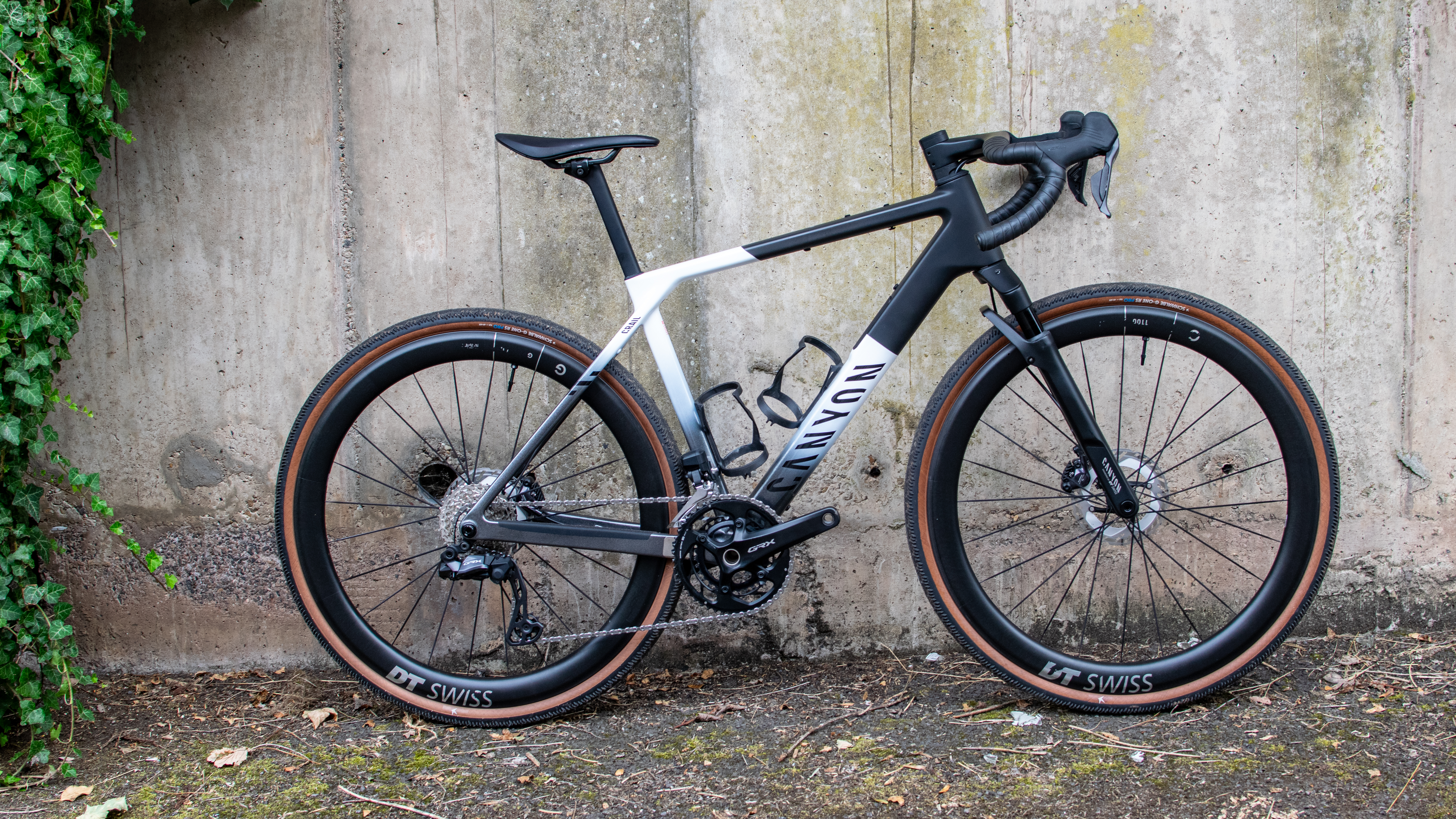Cyclingnews Verdict
Pros
- +
Same exciting, engaging Grail platform
- +
Wide range of available specs
- +
The fork works well and smoothes out bigger bumps
Cons
- -
No CFR Rift 1x option
- -
Heavy for a CFR model
- -
Not the best value
You can trust Cyclingnews
Price: £7,499 / $NA / €8,049
Weight: 9.64kg - Small
Sizes: 2XS -2XL
Groupset: Shimano GRX Di2 RD-RX825
Colours: Amethyst shade / Arctic Noir
The Canyon Grail RIFT gravel bike was launched at the end of May this year after a fair bit of internet hype, and more than one leaked photograph. Nevertheless, when the dust settled, a Canyon Grail equipped with a brand new gravel suspension fork appeared.
The Grail has been in the Canyon gravel bike range for a while, and I reviewed one myself early this year. It's regarded as one of the best gravel bikes and is one that’s plenty fast enough to race on, and this is backed up by some very big wins on the bike, including at least one world gravel title.
The RIFT edition, which is an acronym for ‘Rough is Fast Tuning’, saw certain, but not all Grail models fitted with the new DT Swiss F132 One suspension fork, which was designed in collaboration with Canyon. The fork is also a Canyon exclusive for the first year, then we might see it fitted to other bikes.
The F132 fork offers 40mm of travel, in line with the best gravel suspension forks on the market, and has a maximum tyre clearance of 50mm, healthy, but not quite as ample as certain gravel bikes on the market, like the Lauf Seigla I recently tested or the newly launched Fara Gr4 which can both accommodate 57mm tyres.
I raced an epic Traka 100 on the Canyon Grail CFR RIFT bike back in May, which was a fantastic test for the new machine. I’ve rounded that out by testing that same bike, with a few battle scars from the Traka, at home in the UK.
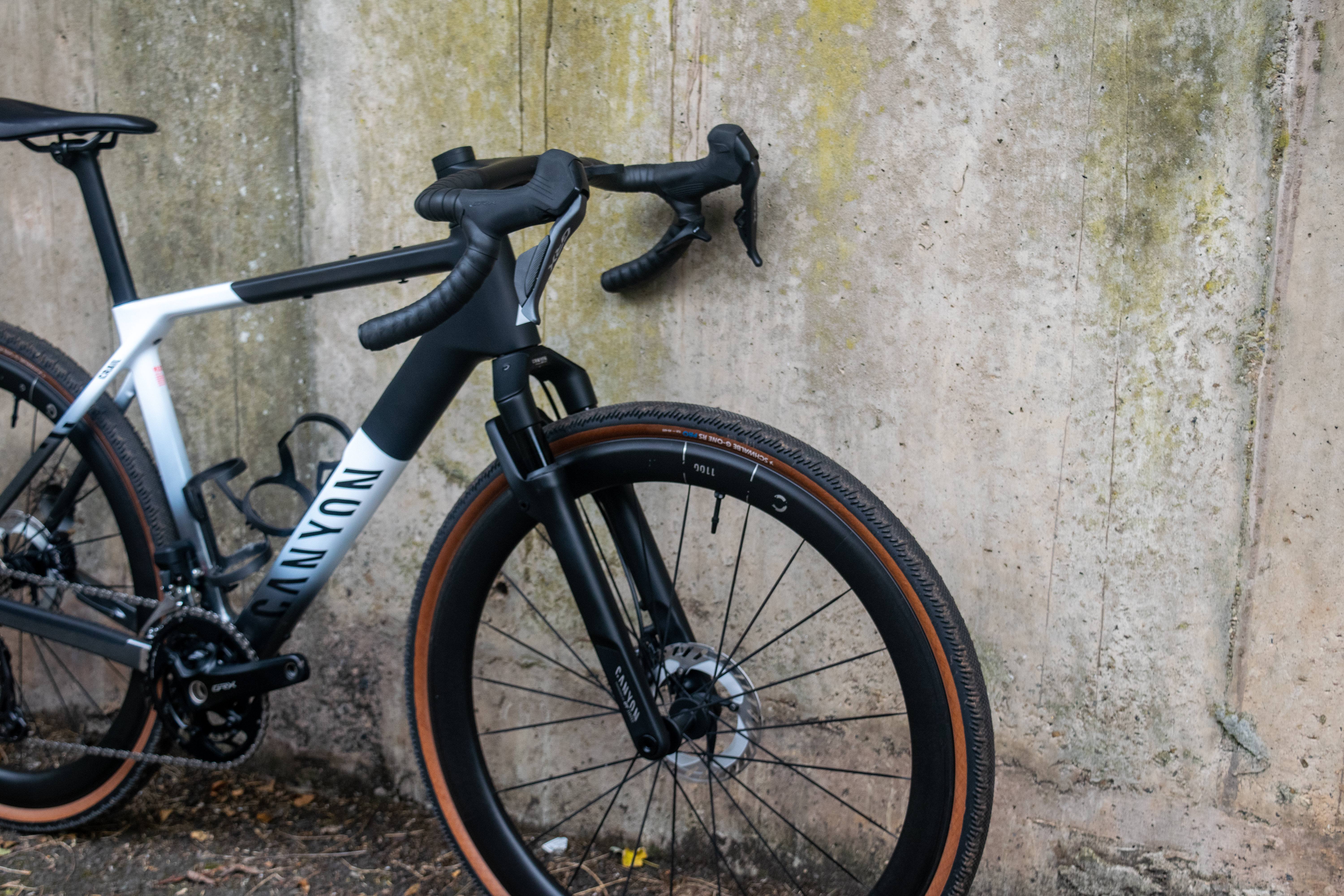
Design and aesthetics
I’m going to focus mainly on the DT F132 fork here, my test bike build and a couple of the new updates that Canyon announced at the same time.
My full Canyon Grail CF SLX review was written this year, so if you want an in-depth look at the platform, that piece will hopefully tell you all you need to know. The Grail frame itself has remained the same apart from some new paint options, so there’s nothing new to tell you on that front.
The latest race content, interviews, features, reviews and expert buying guides, direct to your inbox!
Before getting to the fork itself, Canyon rolled out some nice refinements and upgrades to the range in May.
Some new paint schemes launched, and the update also saw all Grail models receive the CP0047 integrated, flared aero handlebar, with CF and SLX models getting narrower bars, something pretty much everyone wants these days; this is billed as a gravel race bike after all.
Various models now also all come with a 4iii LH crank arm power meter as standard, which increases the number of bikes in the range fitted with a PM.
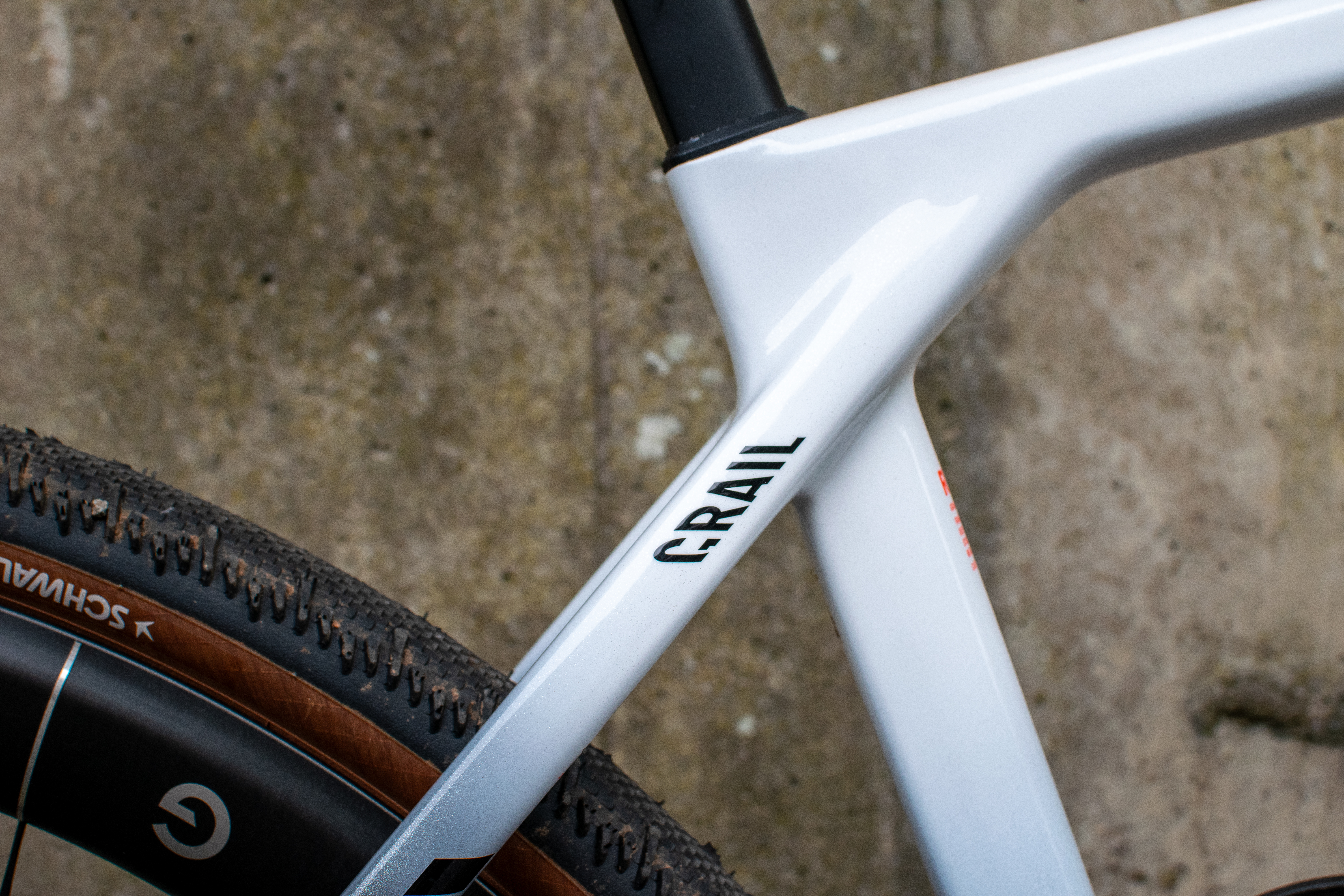
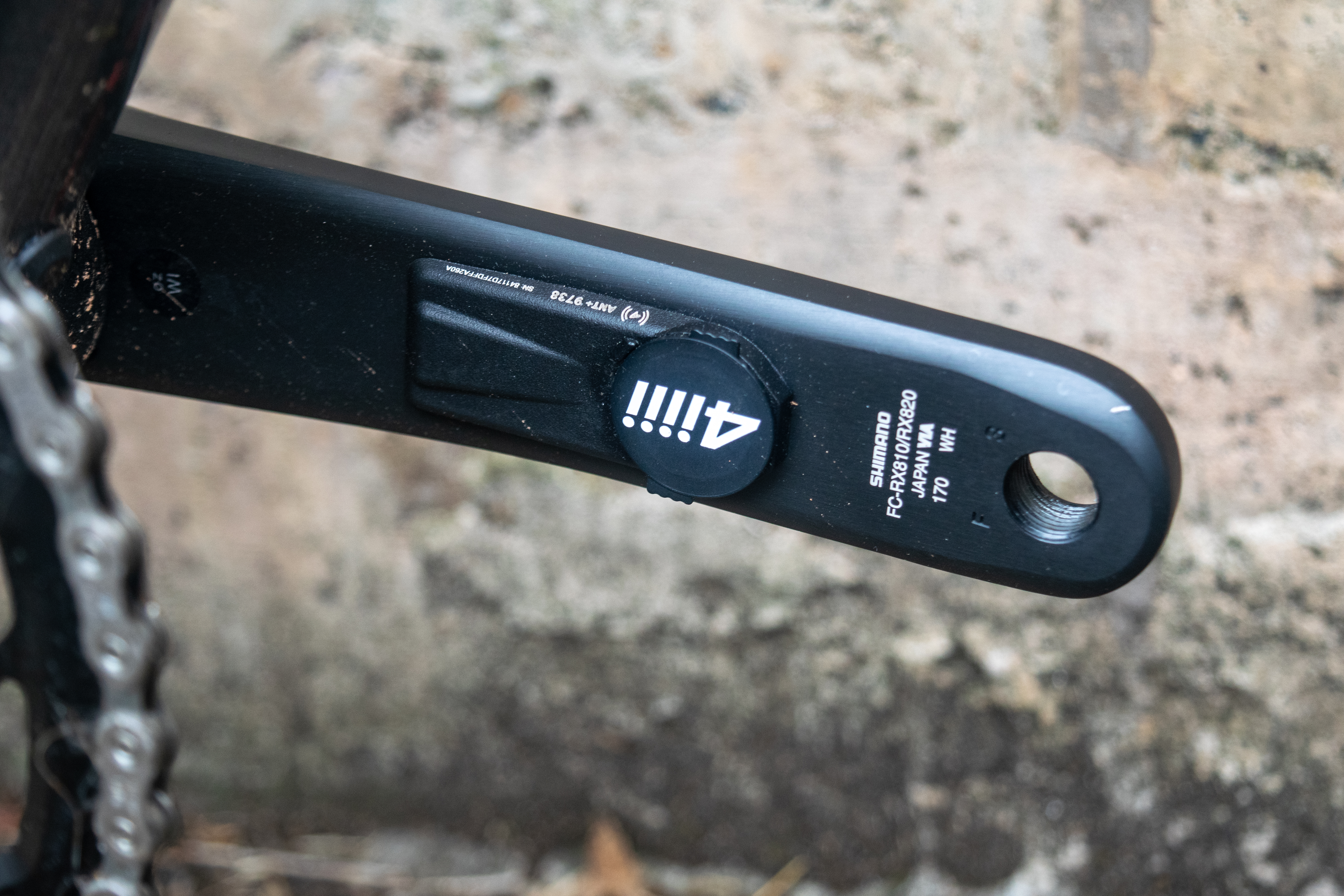
The F132 One is a svelte, clean looking gravel fork with profiled legs and a neat fork crown. There's none of the chunk of a full blown mtb fork here.
The fork uses a remote lockout. The Pushcontrol handlebar mounted lever which weighs about 35 grams opens or closes the fork and can be operated with a few different hand positions.
There's 40mm of travel, in line with other gravel suspension forks like the Rockshox Rudy. This seems to be the accepted sweetspot for gravel use. There's the Lineair air spring cartridge that has positive and negative air chambers, which in short should make for a smoother ride.
Adjustments are simple, there's just air pressure and rebound to adjust. The brake hose cables meanwhile route internally via the fork steerer, so headset bearing replacements will be a bit more involved. Canyon has also produced adaptors for the fork which allow you to fit bags of upto 3kg in weight to either leg. Fenders can also be fitted which may well please some riders.
DT Swiss also conducted it's own 'roll over testing' to see if the fork reduced the horizontal force acting against the riding direction during an impact. Follow that link if you want to take a look at its findings.
There's also a useful video regarding fork setup on the DT Swiss website. Though do note, you need a T10 Torx key to remove the cover to access the fork's inflation valve, which isn't the most common size.
It's a simple setup procedure. There's an inflation guide based on rider weight, and rebound clicks are adjusted from there. I've included the table below. For instance, at about my 65kg weight, the brand recommends 95 psi and 5 rebound clicks from fully open. Follow the base setting, get a feel, and you can always find your preference from there.
The max tyre clearance for the Grail is 42mm; this has remained the same, whilst the fork can deal with up to 50mm of rubber. This is lagging behind bikes like the Lauf Seigla and Allied Able, amongst others, which can deal with up to 57mm tyres and certainly more than 42mm. That 42mm in the rear is feeling dated now, and the fact that you may end up with a mismatched front and rear-sized tyre if you want to go bigger may niggle.
Our own CN Labs gravel tyre testing also found that wider gravel tyres are faster in terms of rolling resistance. I've been riding with 2.2" mtb race tyres lately and like what larger volume tyres bring to the table.
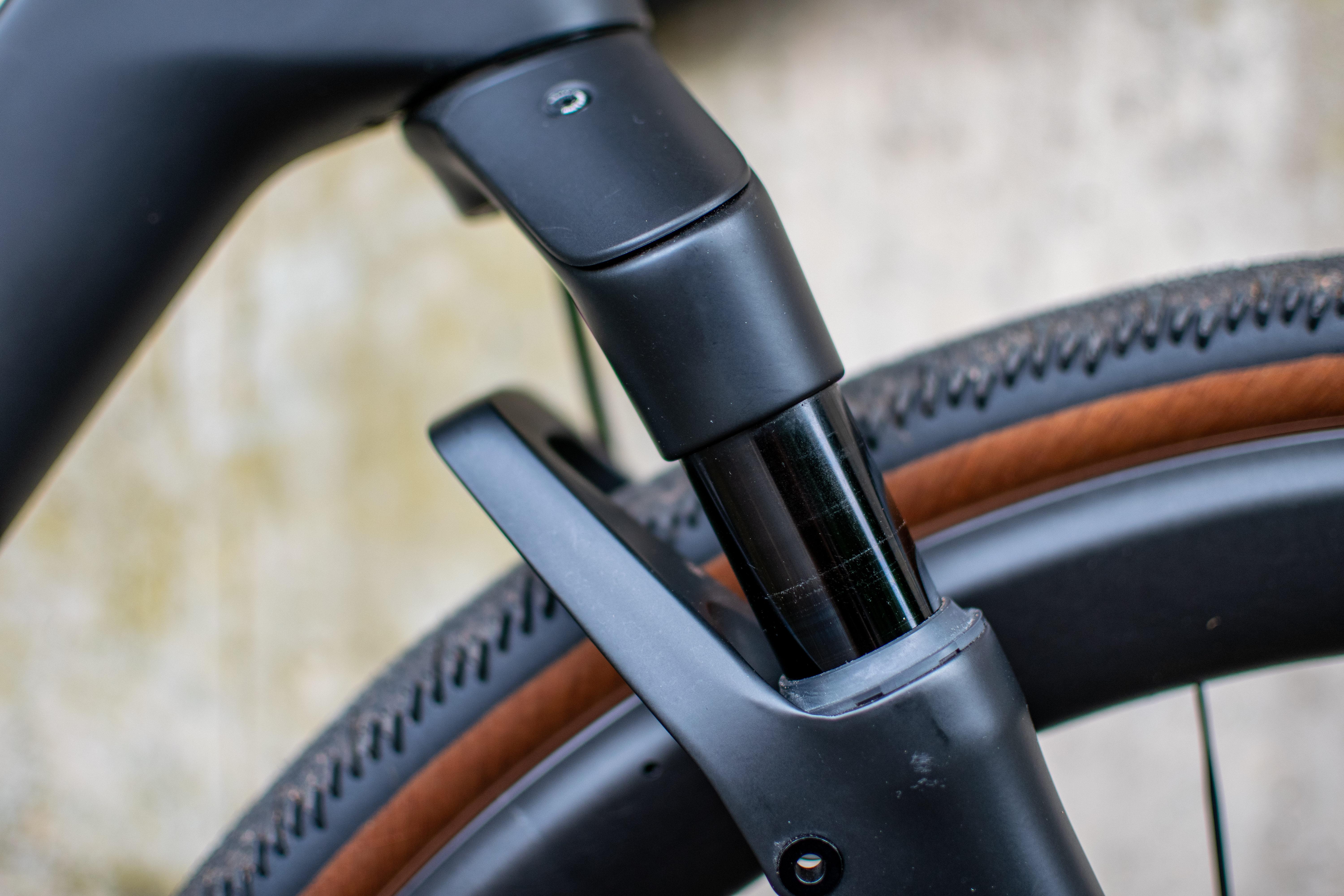
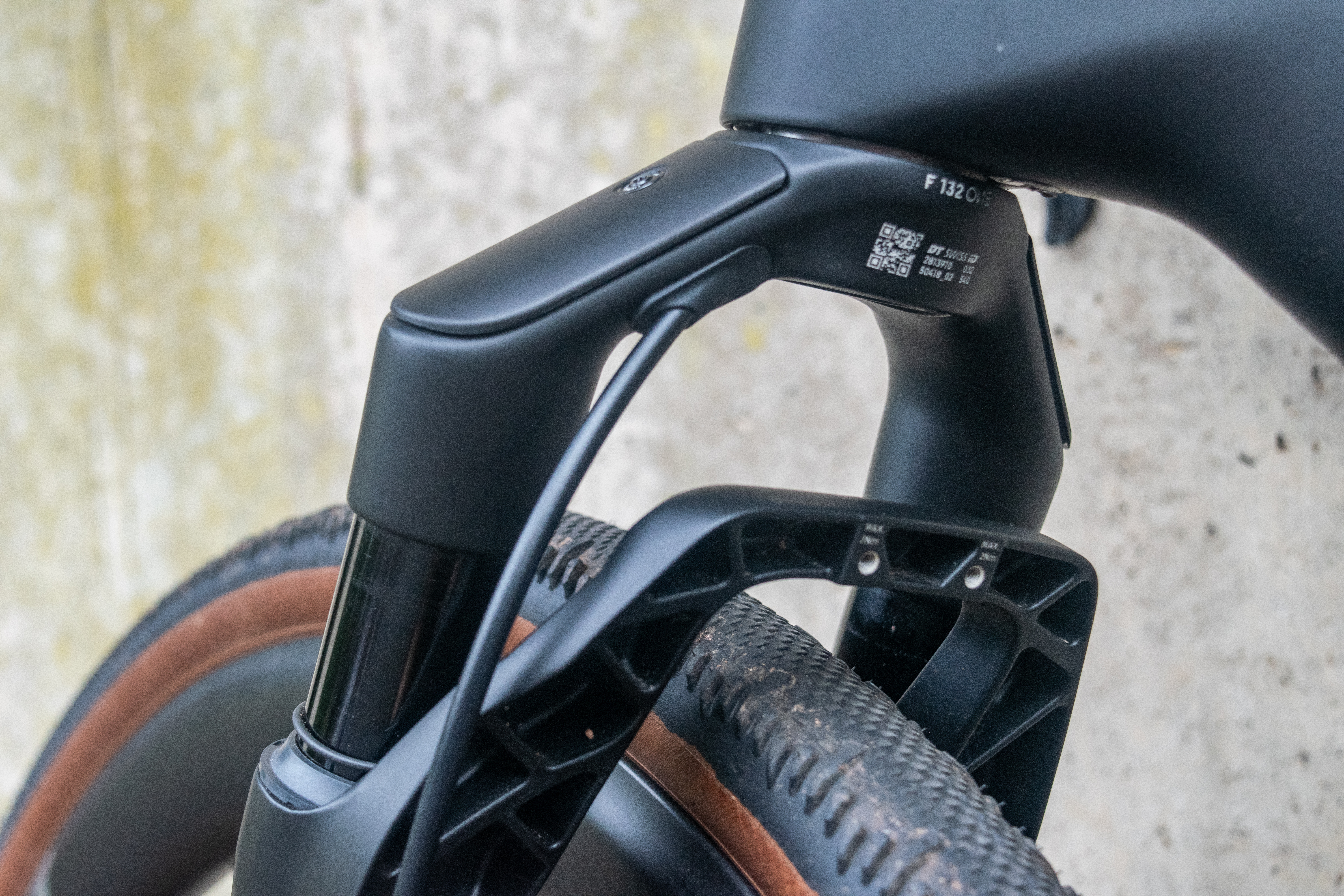
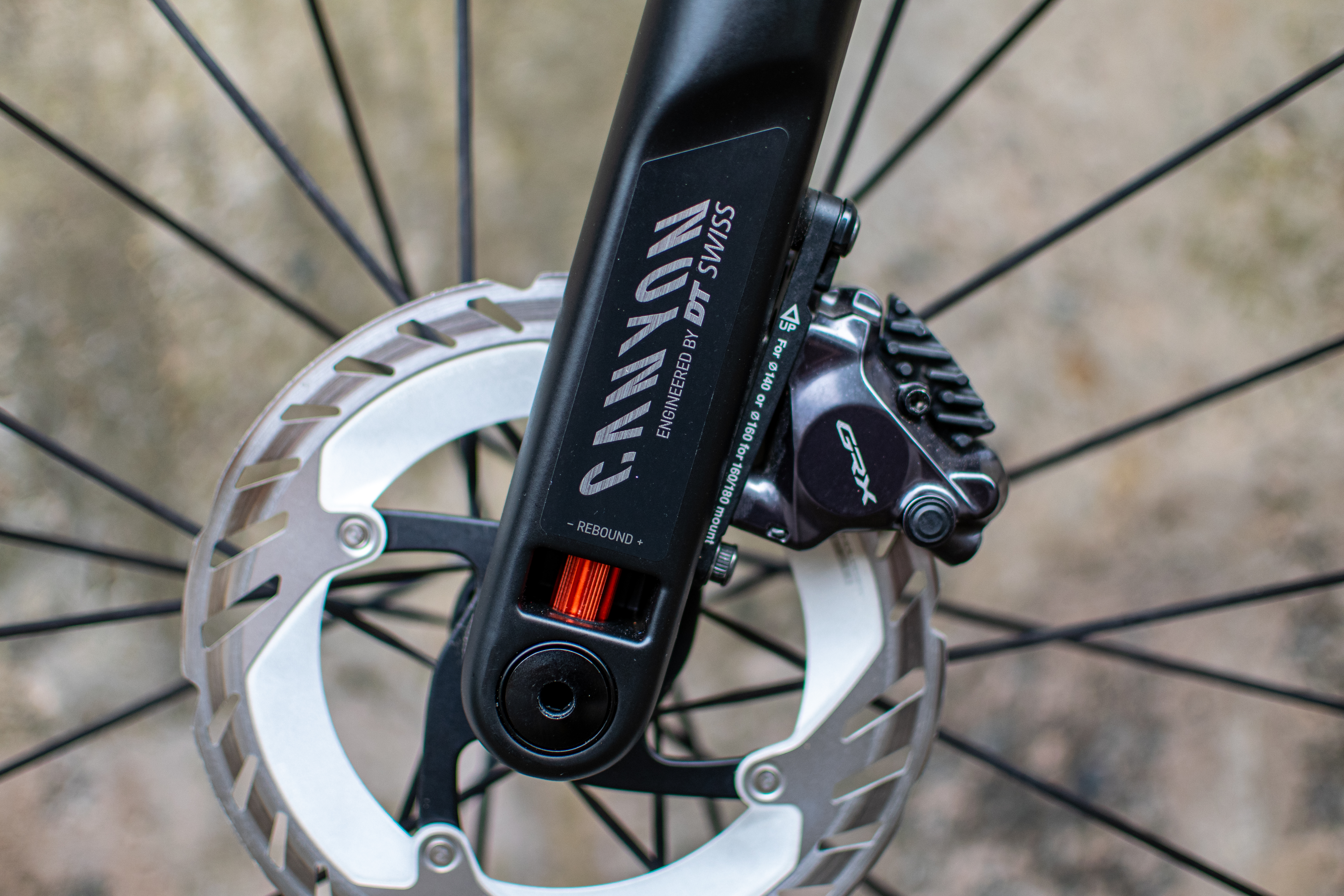
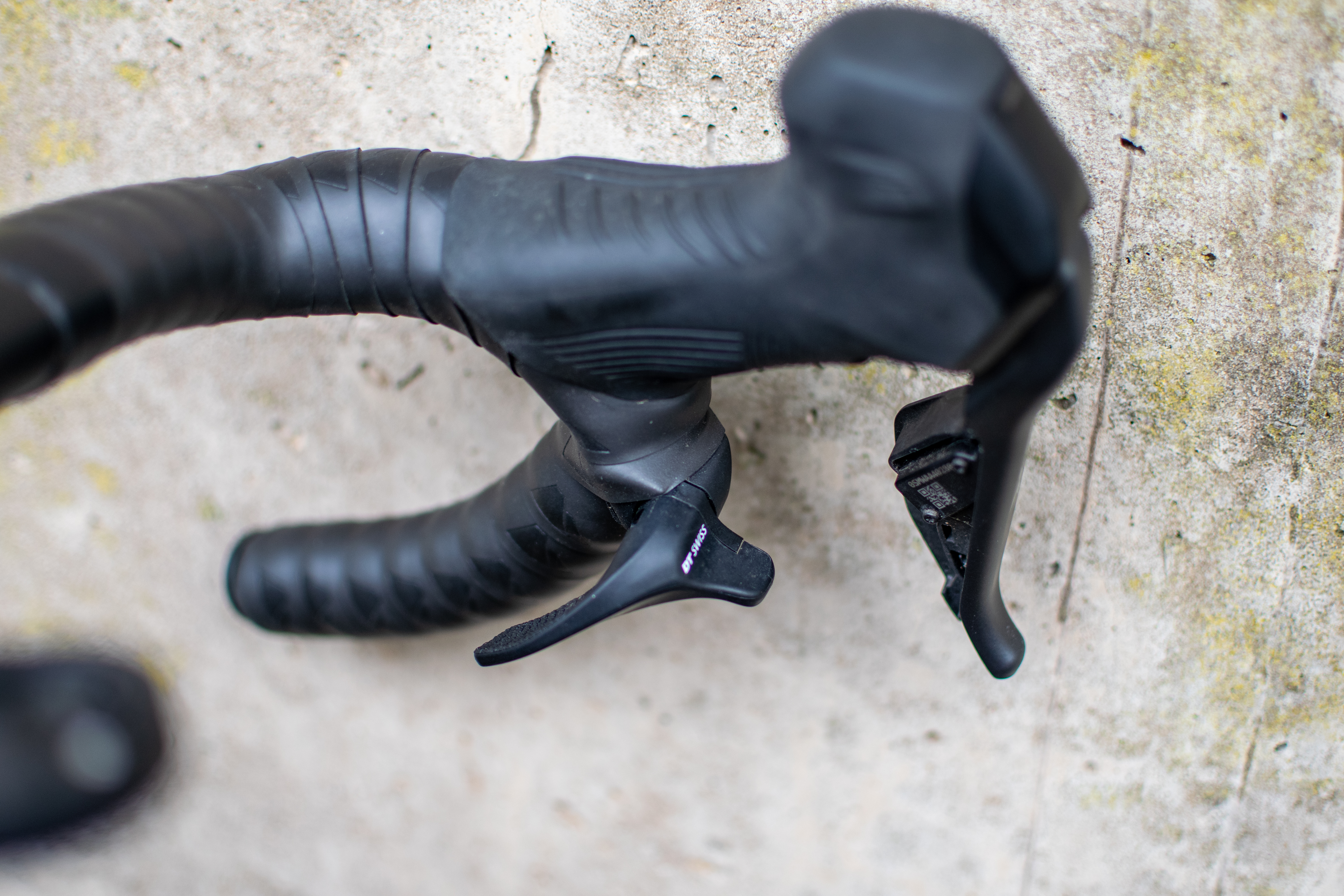
Performance
The Grail RIFT still feels just as exciting and fun to ride as the existing Grail. It's very engaging, and the positive ride stood out straight away for me at home. Out of the saddle on the tarmac, particularly with the fork locked out, it feels great. I'm hopeful the top spec CFR frame also helped here, but the user-friendly Grail geometry works for me and the bike carries speed well everywhere.
The Traka had a really good range of terrain to test the fork out, and I was carrying some healing road rash on my arm that was painful on the rougher stuff. I felt the fork helping me out there. I did plenty of toggling on/off during the event rather than just keeping the fork open.
So, the ride is still as exciting. How about the fork? At my recommended setting, it's supple and deals with bigger hits very well. I tested it deliberately on some local rocky descents with bigger hits, and it does an excellent job of smoothing things out. For bigger stuff or just adding and increasing comfort, it works very well.
This raises the question of why you might need a gravel bike equipped with a suspension fork? To my mind, it's either because you want to increase all-around comfort, particularly over rougher ground, or you want to tackle more challenging terrain that includes bigger hits and drops etc.
The other reason may be that you are a gravel racer or competing off-road and plan on tackling courses where a gravel fork may provide an overall advantage. If a rider can calculate that this component will save them time and energy throughout a race, it also makes sense.
On racing, this fork does add weight; it comes in at 1340g for the bare fork. I believe it's roughly half a kilo heavier than the stock rigid fork. If you're tackling a 10k gravel climb at the sharp end of a race, is that half a kilo worth saving from the bike?
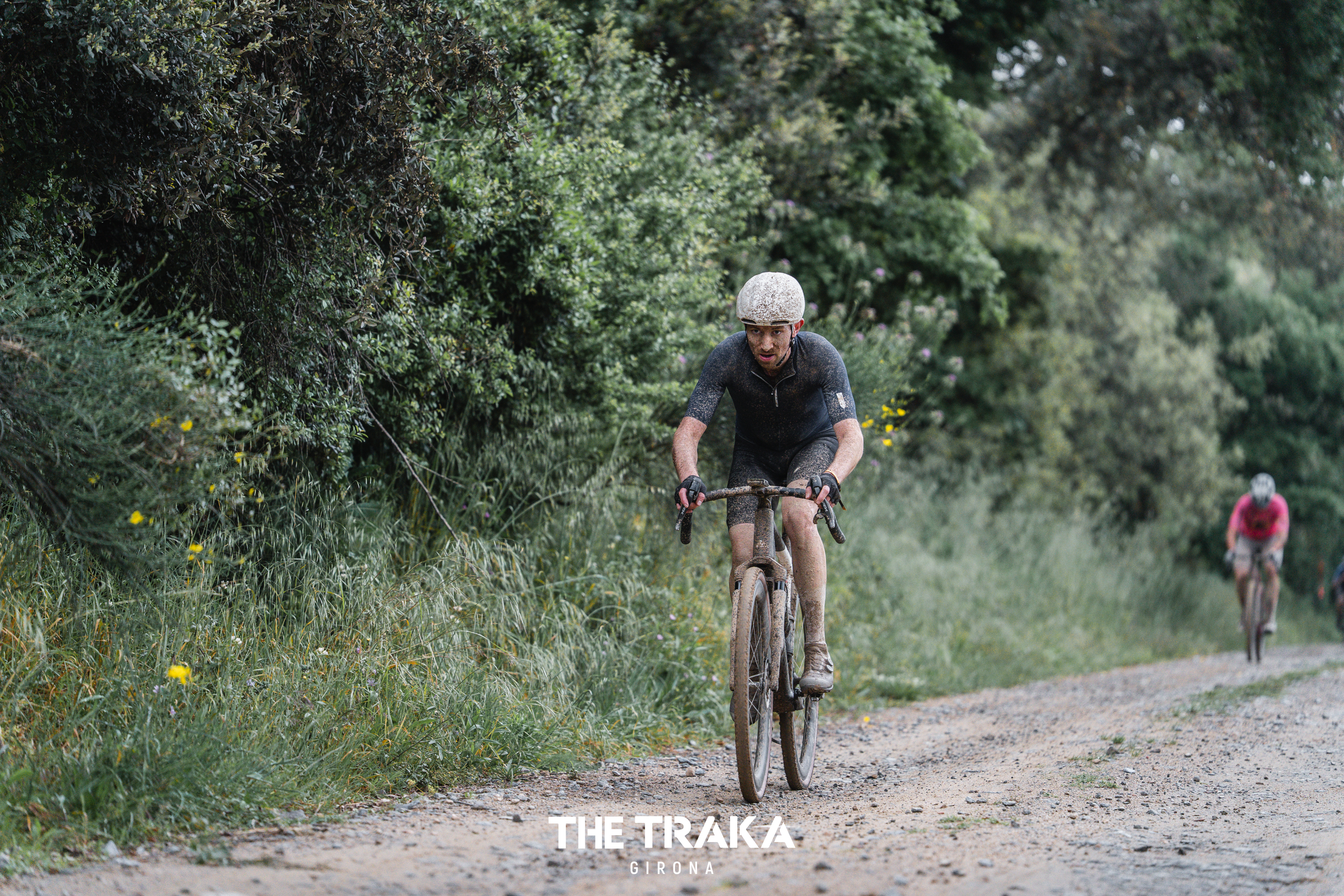
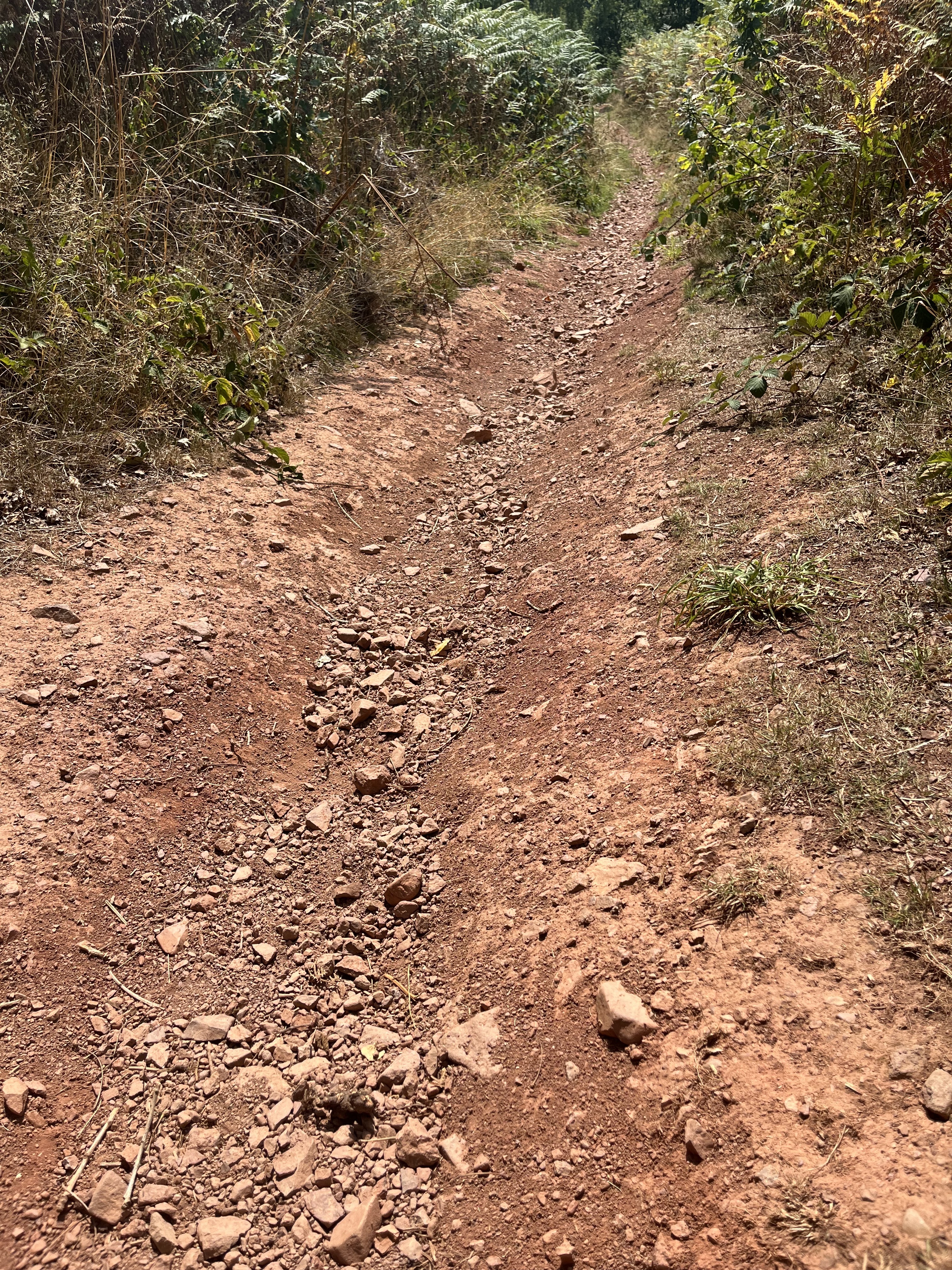
My own size small test bike comes in at 9.64kg on my own scales; it's a little on the heavy side for a competitive gravel bike. And whilst I can't say I can notice it whilst riding, it's certainly not as light as some competitors. A Lauf Seigla, for example, comes in at about a kilo lighter in the Ultimate spec and a size medium. On the subject, I think I find the Lauf Grit 3 fork to be plusher on finer to medium gravel surfaces than the bobbier travel of the F132 fork.
I would also like to see a more aggressive tyre fitted to this bike as standard, a suspension fork led me to test it on dry, rocky, steep descents, and bigger hits where I was under-tyred on the 40mm semi-slick Schwalbe G One RS Pros.
I also prefer the fork to be locked out when riding on the tarmac or hard, smooth ground. You can feel it dive and bob when riding out of the saddle, though you could adjust the fork setup to make it firmer to an extent.
I would be happy with the added plushness from a larger volume tyre paired with a rigid fork. If your max clearance is 42 and 50mm here, and the bike is fitted with a suspension fork, give it some more capable tyres.
Of course, the fork also aids things on smoother gravel surfaces and dampens out the ride, but I think for standard or smoother gravel riding, would you be able to achieve the same feel with bigger tyres at lower pressures and a rigid fork with less of a weight penalty? It goes round on itself, but it's good to have options either way.
I do really like the remote fork lockout. You can't please everyone when it comes to the placement of things like this; we are all built differently. You can use the lever when on the drops or the hoods, flick it one way to lock, and back the other way to open the fork up again.
The action is light and clear, and the cable actuation means no bleeding or hydraulic worries at home. The standout for me was being able to flick the lockout when holding the brake hoods and riding out of the saddle.
The first time for me was accelerating on asphalt, coming off a gravel sector. I just thought, 'wow, this could be an advantage', it's probably my favourite aspect of the lockout. Ok, when you're on the limit and can barely think straight, like me a few times in the Traka, you do need to do a manual fork bounce check to see what's happening, but that's nothing to do with the fork.
Maintenance and servicing
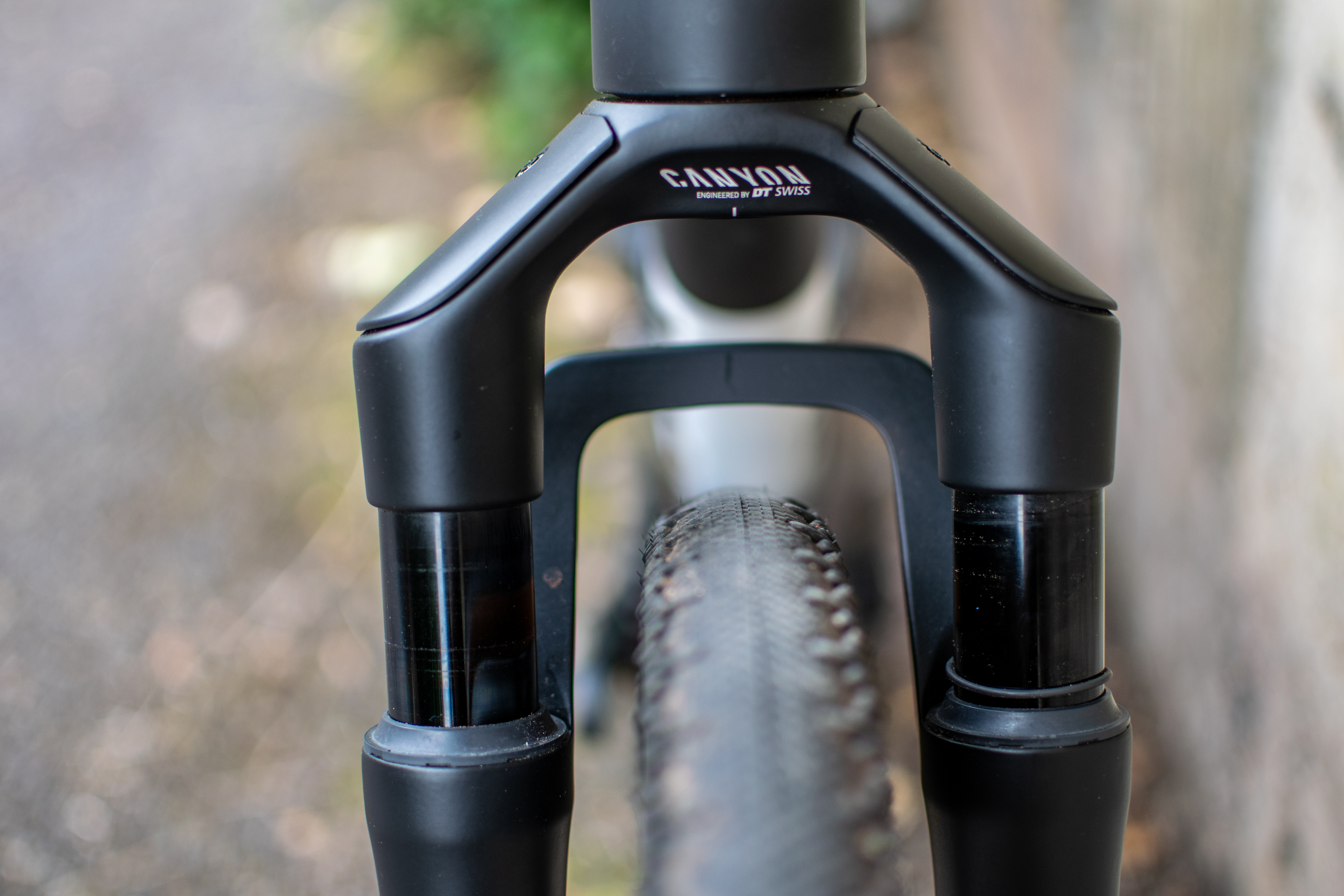
Maintenance and servicing won't be too bad here if you look after the bike. I mentioned these points in my Grail CF SLX review, but concerning the key points, headset access isn't bad thanks to the semi-internal headset cable routing, the bottom bracket is a standard model, and DT Swiss hubs are easily serviced and regreased without tools except for more involved hub drive ring removal jobs, which is a bike shop job generally.
The fork itself requires some specific maintenance that you will want to think about. DT Swiss recommends an air pressure check every six months, a 50-hour small service interval usually consisting of fresh foam wipers, and a fresh suspension fluid if needed.
After more riding, the brand recommends a full 2 years or 500 operating hours (whichever comes first) big service. Factor this in, as it will add up to some extra maintenance costs over the course of the bike.
I checked with the UK's official DT Swiss service centre, TF Tuned, and the full service, which includes fresh seals and a strip down of the damper unit etc, comes in at £125 from them, and that's getting it done properly. That's the base price of the service, but it at least gives you some idea of service costs.
The interim 50-hour service would be a lot cheaper, and TF Tuned stressed the importance of keeping those fork stanchions clean and dust-free during ownership.
Value

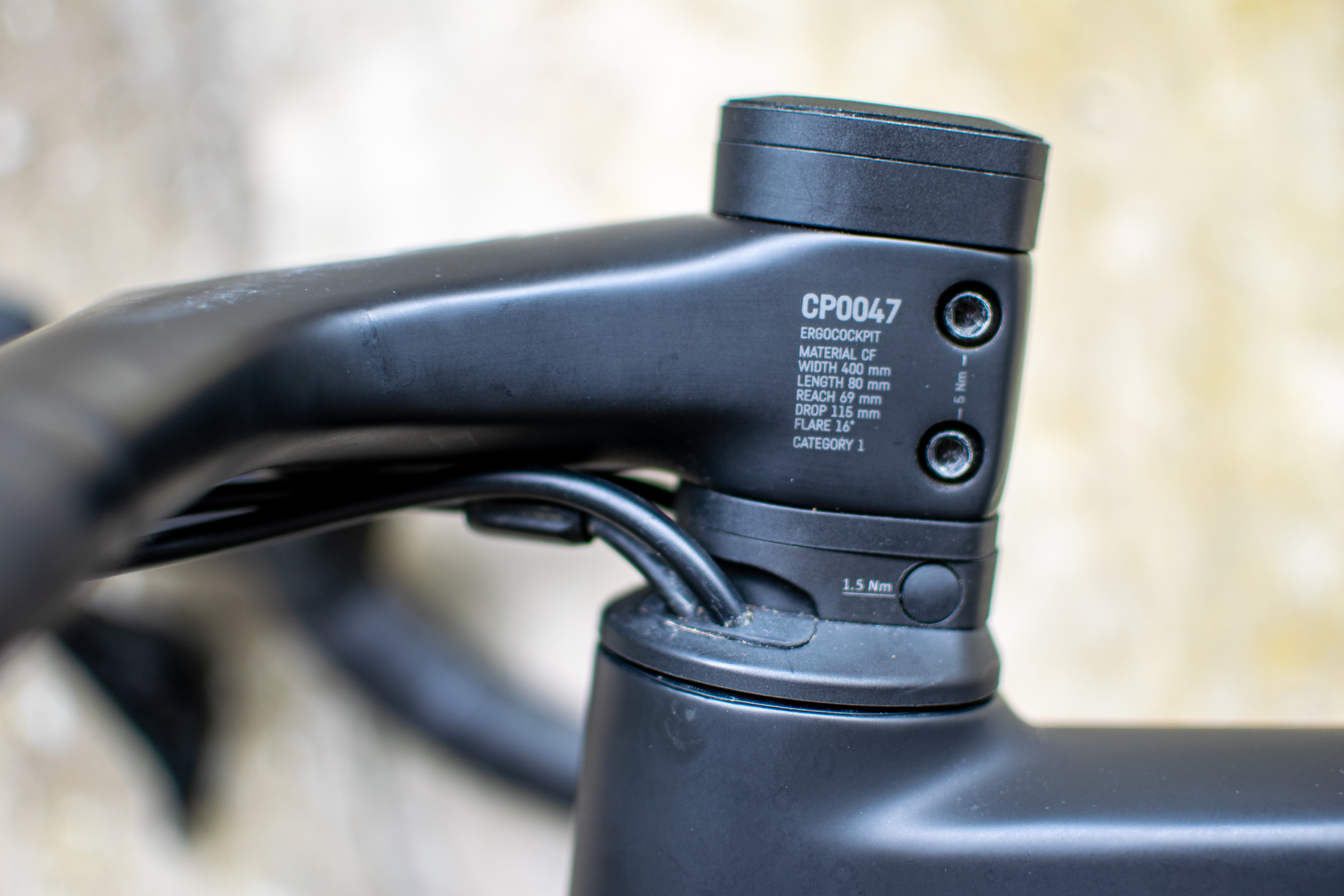
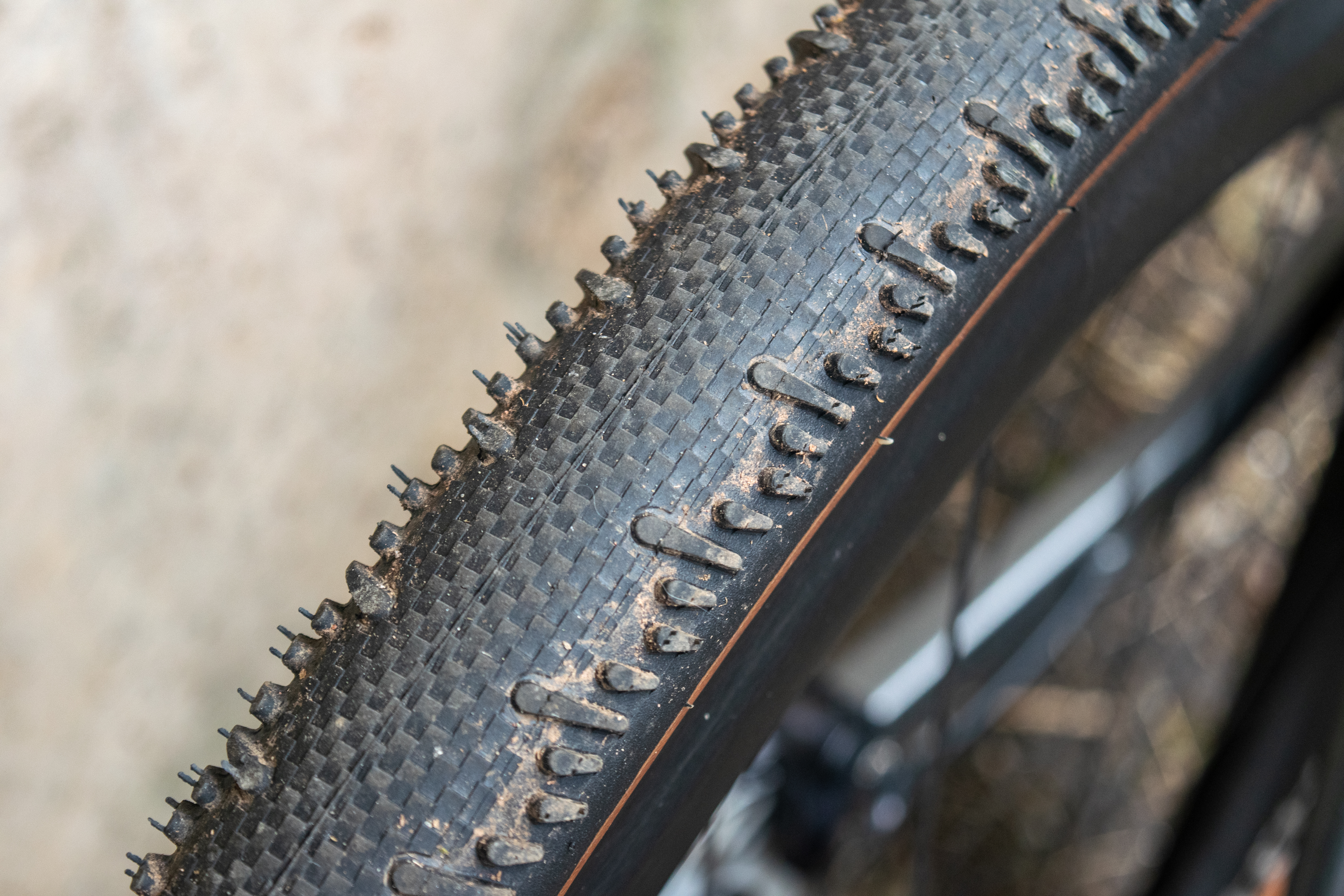
The Grail range is currently 19 models strong for the UK market, and 11 strong for the US, so there is plenty to choose from, and being Canyon there are often bikes available at a very competitive price.
This CFR RIFT model comes in at £7,499 / $NA / €8,049 currently. It isn't available in the US, but other rigid CFR models are.
This isn't the model I would buy if I were shopping. If I were spending money on a RIFT fork-equipped GRAIL model, I think the CF SLX 8 RIFT is the bike I would look at.
It comes in at £5,599 / €6,049 / $NA. It's £1,900 cheaper than the CFR model and features the very capable SRAM Force XPLR wireless 1x groupset (with powermeter), the slightly lower spec but still very nice DT Swiss GRC 1400 Spline wheelset, and the Pirelli Cinturato RC tyres I loved so much during my rigid Grail test experience.
To compare it to the last gravel bike I tested, the Lauf Seigla Ultimate is around £2,000 less (Lauf prices are all in US dollars), and it has the top-end SRAM Red XPLR groupset, 57mm clearance, and is about a kilo lighter.
This is the top-flight CFR model, but I don't think it's the bike that offers the best value for money in the Grail range currently.
Verdict
This is a good bike and fork, and I've only enjoyed riding it. Not every Grail model has been issued with the F132 One fork, and that's important I feel. The Grail still functions very well as a rigid race bike, and there's absolutely a place for it.
It's nice to have options and some riders will want a suspension fork, but for me at the moment the less generous frame and 50mm fork tyre clearance to an extent, as well as some of the component speccing like the semi slick tyres, feel a bit at odds with a bike that has been equipped with a full blown suspension fork.
I think if I were going to go for a Grail RIFT to tackle rougher off-road terrain for my own riding, I would want to round the package out with more aggressive and ideally bigger tyres. If I have a suspension fork to hammer the bike down a rough descent, I want the rubber to back it up. That said, there is nothing wrong with riding a 40 or 42mm tyre on all kinds of gravel, but the direction of travel is going one way now.
I'm most excited and intrigued about where the Grail is going to go in the future. I feel this is an interesting development before the next generation of the Grail frame itself arrives, which most would expect to have bigger tyre clearances. I'm excited to see what the future holds for the Grail platform.
Design and aesthetics | A proven platform and geometry. The suspension fork appears to be a solid sign from a brand with plenty of suspension experience. | 9/10 |
Build | Solid, I have no complaints. I think I would prefer a 1x chainset and to lose the front mech. | 8/10 |
Performance | Very good, I really like riding the Grail generally. Would probably tune the fork longer term to be firmer to reduce the amount of lockout use overall. | 9/10 |
Weight | On the heavy side for a top flight model, It won't cause issues for regular riders, but could it be an isue for racers? | 7/10 |
Value | I don't think this particular model is the best value in the Grail RIFT range, but it's of course a huge spec. | 7/10 |
Overall rating | Row 5 - Cell 1 | 40/50 |

Tom joined the Cyclingnews team in late 2022 as a tech writer. Despite having a degree in English Literature he has spent his entire working life in the cycling industry in one form or another. He has over 10 years of experience as a qualified mechanic, with the last five years before joining Cyclingnews being spent running an independent workshop. This means he is just as happy tinkering away in the garage as he is out on the road bike, and he isn’t afraid to pull a bike apart or get hands-on with it when testing to really see what it’s made of.
He has ridden and raced bikes from an early age up to a national level on the road and track, and has ridden and competed in most disciplines. He has a keen eye for pro-team tech and enjoys spotting new or interesting components in the wild. During his time at Cyclingnews, Tom has already interviewed some of the sport's biggest names including Mathieu van der Poel, Tadej Pogačar and Alberto Contador. He's also covered various launches from brands such as Pinarello, Ridley, Specialized and more, tackled the Roubaix Challenge sportive aboard his own rim-brake Cannondale SuperSix Evo, tested over 20 aero helmets in the wind tunnel, and has created helpful in-depth buying advice relating to countless categories from torque wrenches to winter clothing.
You must confirm your public display name before commenting
Please logout and then login again, you will then be prompted to enter your display name.
